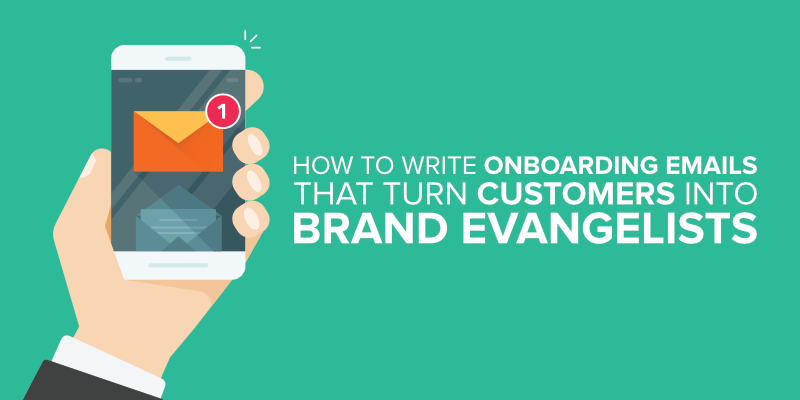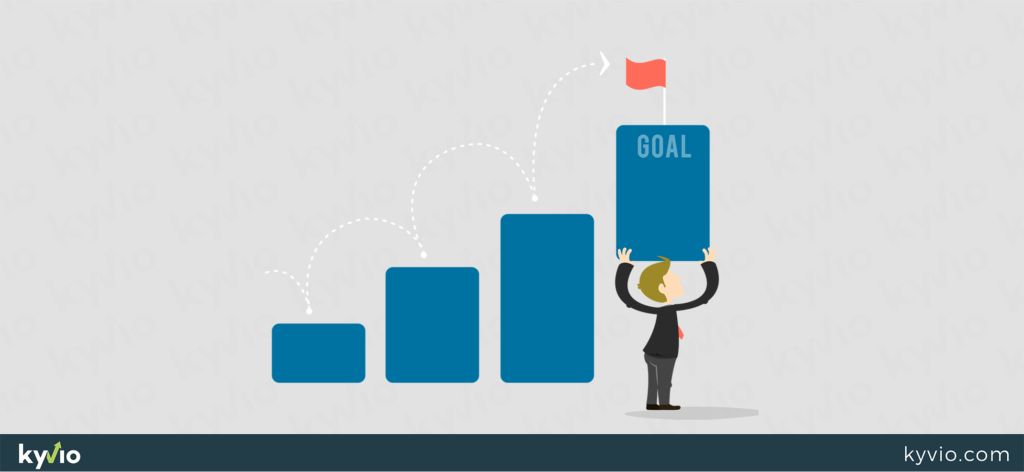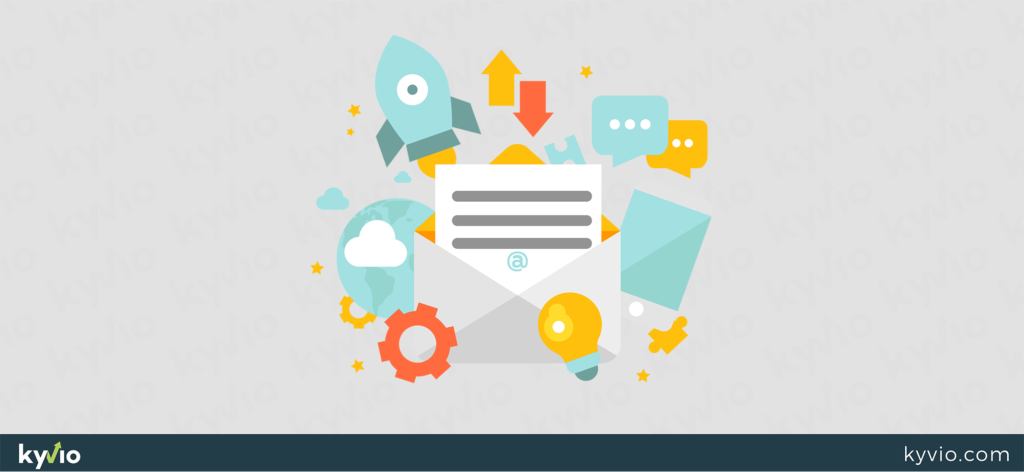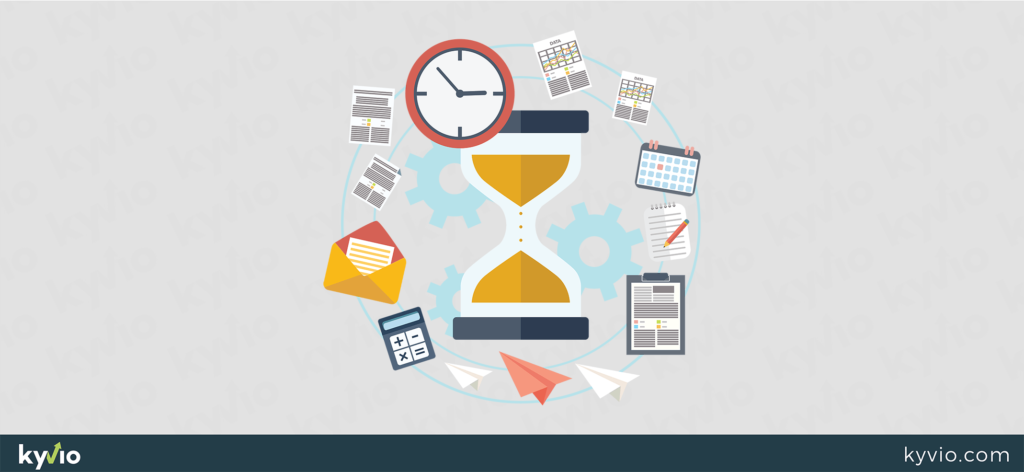
Your well-thought-out lead magnets worked and people started signing up to your page. And, yes, this is a big step, but what follows is even more important. The next step, converting the trial users into long-term customers is the hardest battle of all. And the weapon that’s going to win you that battle is an effective email onboarding strategy. Emails are great because of three qualities they possess. They are ubiquitous, everyone uses them. They are expected, people know they should check their inbox after signing up. And lastly, emails can be tested and easily adjusted. So, here are a few tips and tricks to help you out with your onboarding emails.
Set Your Goals

Your goals should be very specific. You need to make your new user aware of the value of your product, and you have to convince them to pay for your product. So, take advantage of your email campaigning and assign one goal for each onboarding email. Look for the “aha” moments (the points where the user understands the value of your product). Lure the customers in with the first “aha” moment, and make them look for the next “aha” moment in the next onboarding email.
By combining effective Email Validation with well-crafted onboarding emails, you can ensure that your messages reach the right audience and create a positive first impression that sets the stage for long-term customer loyalty and advocacy.
Be Concise
Don’t make your email an essay long read. Yes, you have a lot to say, and you might be tempted to inform your customer of all the features your product offers, but that’s a big no-no. As it always is, too much of anything is no good. People will get easily disinterested if they receive an email which goes on and on. So, instead of overwhelming them with big emails, keep things simple and concise.
Make Your Emails Personal
Instead of sending generic emails which go to thousands of people, address the email to the particular user and their situation. To do that use some of the information users have already given you and add some personalization (like their name) or content which is relevant to them in the very email. Relevance is important. So, make your emails more user-oriented. Avoid using first person pronouns (“I” and “We”), and instead make more use of “you”. Of course, this is worthless unless your product improves your users’ life. So, show them how having yours of all the products out there, will benefit their life. You can do this by simply pointing to the many other business and individuals your product has helped. Customer success stories relevant to your customer’s situation are also a vital part of the process.
Make Your Emails Catchy and Fun

A little comedy never killed anybody. And your onboarding emails should definitely contain humor of some sort. Using funny analogies, witty sentences, or an unexpected observation will help you break down resistance. And let’s not kid ourselves, it is there. People have been disappointed by apps and software time and time again, and resistance is only logical. A catchy email that makes a person’s day might be just what convinces them to convert.
Think About What Works For You
Even though you are now an entrepreneur, you are also a regular fellow getting emails day in, day out. And why not take advantage of this? Check your emails and see what works best for you as a consumer. Look for good email examples and make something along those lines. This, of course, doesn’t mean you should copy the content, being authentic is what sets you apart. But just as a means of getting inspired checking your own inbox is a good idea indeed.
Take the Time to Communicate
This is especially important and effective if you are just starting out. At the beginning your email list is not that big, so let your users know they can write you back. Or, better still, initiate a conversation. People love to see you care about them. It is actually the very reason they sign up for a particular product. Once your list grows bigger, you probably won’t have the time to answer every email you get, but nonetheless, interactivity is important. Bear in mind some of the users won’t even bother writing back, but you showing an initiative might seal the deal for them.
Make Your Welcome Email Exceptionally Good
There’s no second chance to make a first impression. This is why your very first email should be perfectly on point.The welcome email is the first point of contact after your users sign up, so it’s no surprise it has to be PERFECT. If the user opens the welcome email they are very likely to open all the emails which follow. So, the key here is to make them open the welcome email. To do so, you have to set your user up for success. And not only that but to make the first step towards that success a very easy one. After many tests entrepreneurs around the world have conducted, the results are always the same. Single call to action emails convert more than those which contain multiple calls to action. Another thing you should practice is giving your email personality. You want your users to understand that behind the software you sell there are human personalities. Take a leaf out of Groove’s book, and have the welcome email come from your CEO.
Timing is Everything

Conversions depend a lot on the proper timing of your onboarding emails. But, what is the proper timing between each email, and what is the exact number of emails you should send? Unfortunately, there is no one right answer. Like everything else, the timing is subject to testing. One thing we know for certain is that the “Getting Started” email or the “Welcome email” should be sent as soon as the user subscribes. Any free trial you offer should be sent as fast as possible. For everything else, instead of taking a leap of faith, you should establish a hypothesis and test it.
The Trial Ending Email
This is the very last chance to re-engage users and with that, the very last chance to convert trials into actual paying customers. And, just like with everything else, there are a few tips and tricks you can use to convert. Be sure to use the customer’s history with your business (personal information, things they’ve worked on) to your advantage. Make this email a reminder of why they were using your product. A common way to do this is to “scare” people by telling them their data will be deleted. Of course, you have to package it up so that people don’t mistake it for an ultimatum. It is also advisable to use time crunches. Create a sense of urgency by reminding your customers their free trial ends in 24 hours.The next thing you should do is to reinforce the idea that your app is really valuable. You can also offer assistance in case the user doesn’t get the paid version because they find it too difficult to understand the app.
The We Miss You Email
You’ve tried everything, and yet there is a big portion of the customers which didn’t convert. Don’t fret. On average less than 25% of users actually convert. The key here is persistence. Don’t just forget about those 25%. There might be a number of reasons behind them not converting. Maybe they were on a business trip and forgot all about your app or service. Maybe they were too busy with a work project and ignored all emails, or they just weren’t prepared. Whatever the reason, your job is to win them over again. A drowning man will clutch at a straw, and in this case, your straw is your win-back email. Make this mail as engaging and effective as possible. Put your heart in it and make it so that users recognize what they are missing on. Send these we miss you emails in intervals of 7, 30, and 90 days after a user failed to convert. Who knows, you might have more returnees than you expected.
Take these tips and tricks into consideration when working on your email strategy. You will be amazed at the results. When it comes to online marketing emails are not the only field you need help in. Visiting blogs and websites for ideas is more than necessary. There are so many useful and informative articles out there. Anything, from ideas on starting a lucrative membership site to tips on creating high converting multiple step funnels, can be found on the web.
Author Bio
Neil Napier is a digital strategist who has helped over 100,000 people with his training as well as software applications. With his flagship venture – Kyvio – he is focused on helping people who create – by giving them a platform they can use to monetize their expertise.

One thought on “How to Write Onboarding Emails that Turn Customers into Brand Evangelists”